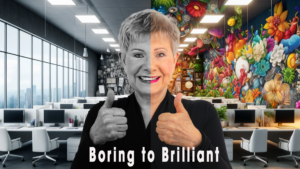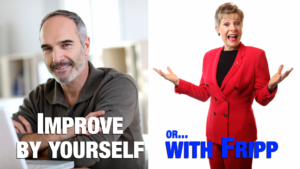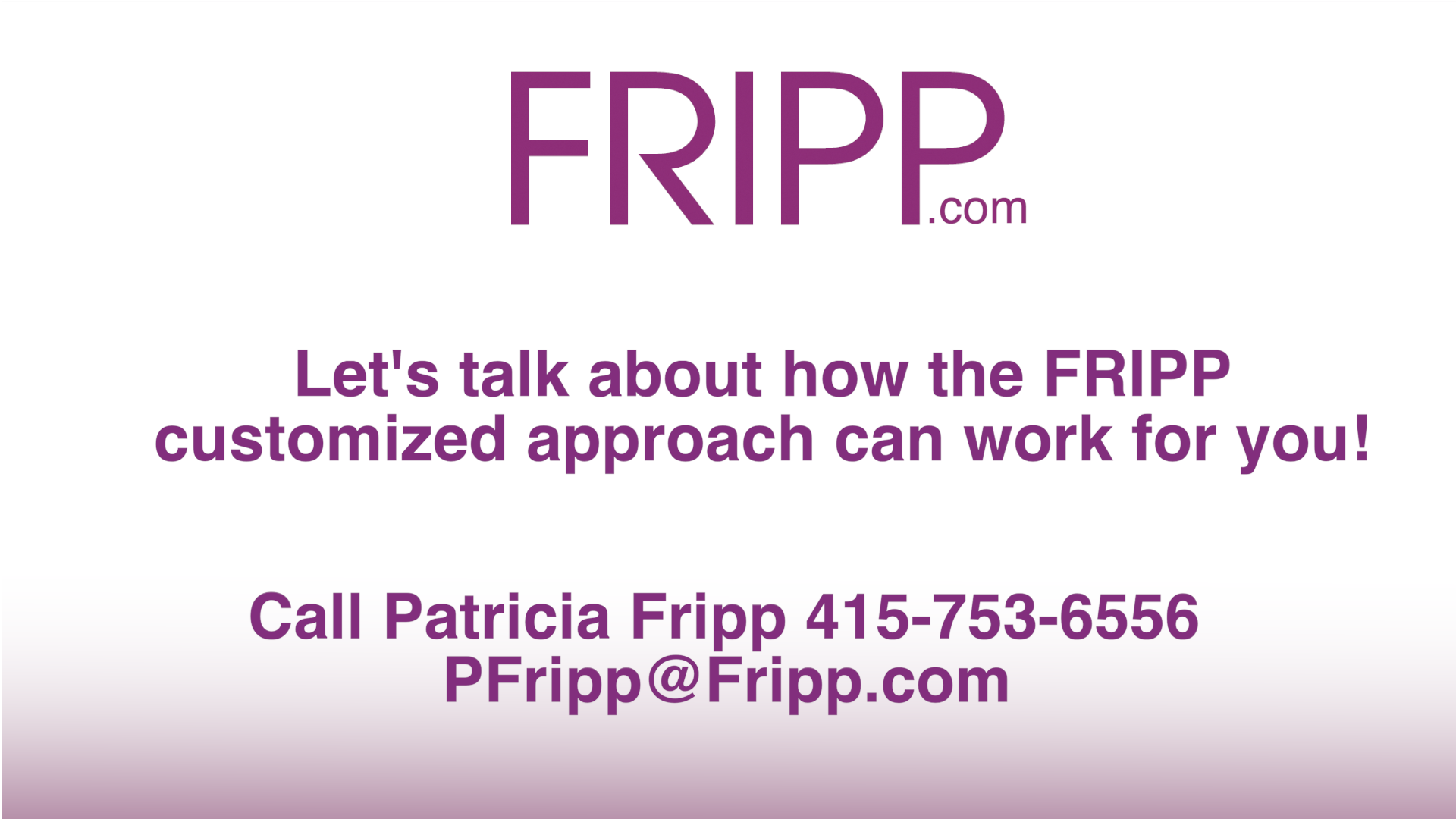As an executive speech coach, I often stress to my clients that specificity is the cornerstone of credibility. To communicate effectively, every word must serve a purpose. One common misstep in public speaking and writing is the overuse of conjunctions like “and” or “but” to begin sentences. My English teacher told the class, “Originally intended as a verbal flourish, these conjunctions can overwhelm your message if not used judiciously.” Here’s how a few changes will help you deliver more compelling content. After all, we do not change what we are not aware of.
Better Ways to Begin Sentences
Conjunction Misuse: A Childlike Voice The tendency to start sentences with “and” or “but” can reduce sophisticated discourse to the simplicity of a child’s recount of a day trip: “We visited a dairy farm. And we saw cows. And they milked one of the cows. And we saw an old-fashioned butter churn. And…”
This approach may seem endearing in informal settings, but it lacks professional polish.
Strategic Alternatives to Starting with And/But Here are five refined strategies to replace starting sentences with “and” or “but,” enhancing the flow and impact of your writing:
- Compound Sentences: Break the habit of fragmenting closely related thoughts. Instead of, “No job is perfect, but young PR professionals often complain without offering solutions,” consider, “No job is perfect, yet young PR professionals frequently complain without suggesting alternatives.” This subtle shift brings the modifying phrase closer to the verb it enhances, tightening the sentence structure.
- Use of Semicolons: The semicolon is a powerful tool for linking two related but independent clauses. For example, transform “I enjoy a diverse palette, and my breakfast of choice is often escargots,” into “I enjoy a diverse palette; escargots are frequently my breakfast of choice.” This punctuation not only elevates the tone but also keeps the narrative crisp.
- Dependent Clauses and Segue Phrases: Use transitions within the structure of your sentences to eliminate the need for leading conjunctions. Change “And despite her professional demeanour, Nancy has more tchotchkes than anyone else at work” to “Despite her professional demeanour, Nancy boasts the largest collection of tchotchkes at work.”
- Omitting the Conjunction: Often, the strength of your statement can stand alone without a conjunction. Instead of “We love cooking shows. And we never miss an episode of ‘Chopped’,” simply state, “We love cooking shows and never miss an episode of ‘Chopped’.” This approach asserts your point more directly and with a more significant impact.
- Highlighting Contrast with Subtlety: To emphasize contrast without the abruptness of “but,” you can integrate a softer transition. Instead of “We enjoy cooking shows, but we also ensure to catch the evening news,” consider “While cooking shows are our go-to, we also make a point to catch the evening news.”
Additional Examples to Enhance Clarity and Impact
- Using Active Voice: Transform passive constructions to active ones to inject energy into your statements. Change “And the meeting was led by John” to “John led the meeting,” emphasizing the subject’s role.
- Integrating Descriptive Adjectives: Enrich simple sentences with descriptive adjectives for more vivid imagery. Instead of “And the car is fast,” try “The car boasts incredible speed.”
- Incorporating Adverbs: Adverbs can refine the tone and clarity without overusing conjunctions. For example, “But she sings beautifully ” could be modified to “She sings exceptionally well,” enriching the description.
- Using Parenthetical Elements: Parentheses can add a nuanced explanation or detail without the abruptness of “and” or “but.” Instead of “And, as an afterthought, he added more details,” use “He added more details (as an afterthought).”
- Utilizing Lists for Clarity: Instead of repeatedly using “and” to list attributes, employ a colon for clarity: “He brought three items: a flashlight, a tent, and a sense of adventure.”
Mastering the art of sentence structure is key to refining your public speaking and writing. You can create more nuanced, persuasive, and engaging content when you go beyond overused conjunctions. Remember, in effective speaking and writing, less is often more.

When your message must be memorable, your presentation powerful, and your sales successful, we need to talk.
“Your presentation was masterful. Your coaching is world-class.” Tom Ferry, #1 ranked Real Estate Educator
“Patricia Fripp is a miracle worker and an executive’s best resource.” Larraine Segil, Chairman and CEO of the Exceptional Women Awardees Foundation
“Patricia Fripp is amazing. As a speech coach, you’ll never find anyone with her wisdom, experience, and ability.” Bhavin Shah, CEO & Founder, Moveworks
Need help for you or your team on improving important conversations and presentations? The Fripp Customized Approach will work for you. Contact Fripp today!

